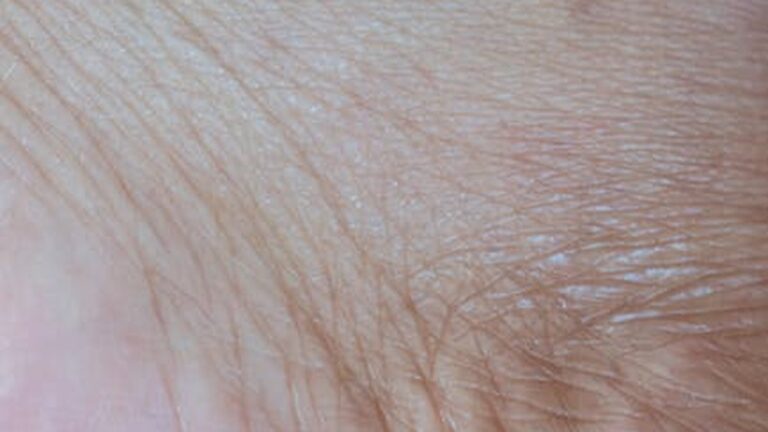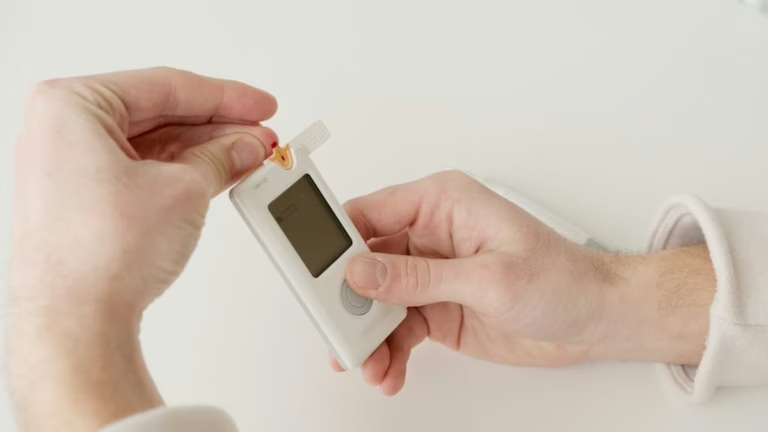SAD Therapy: Light & Mood Boost
The shorter days and colder weather of fall and winter can bring more than just a change in wardrobe. For many, it signals the onset of Seasonal Affective Disorder (SAD), a type of depression related to changes in seasons. But don’t despair! Effective SAD therapy options exist, and you can take proactive steps to combat the winter blues and reclaim your happiness.
Understanding Seasonal Affective Disorder (SAD)
Seasonal Affective Disorder is more than just feeling a little down during the winter months. It’s a recognized mood disorder characterized by recurring depressive episodes that coincide with specific seasons, most commonly winter. While the exact cause isn’t fully understood, it’s believed to be linked to reduced sunlight exposure, which can disrupt your body’s internal clock (circadian rhythm), affect serotonin levels (a neurotransmitter that affects mood), and impact melatonin production (a hormone that regulates sleep).
Common symptoms of SAD include:
- Persistent sadness or low mood
- Loss of interest or pleasure in activities you used to enjoy
- Changes in appetite or weight, often craving carbohydrates
- Sleep problems, such as excessive sleepiness or insomnia
- Fatigue and low energy
- Difficulty concentrating
- Feelings of hopelessness, worthlessness, or guilt
- Irritability
- Social withdrawal
According to the American Psychiatric Association, SAD affects an estimated 5% of adults in the United States, with symptoms typically emerging in the late fall or early winter and remitting in the spring or summer.
Light Therapy: A Bright Solution for SAD
Light therapy for SAD is a cornerstone treatment, and for many, it provides significant relief. It involves sitting near a special light box that emits a bright, full-spectrum light, mimicking natural sunlight. This light helps to regulate your circadian rhythm and boost serotonin levels, counteracting the effects of reduced sunlight exposure.
How Light Therapy Works
The light from the light box enters your eyes and travels to your brain, where it influences the production of hormones and neurotransmitters that affect mood, sleep, and energy levels. It’s generally recommended to use a light box first thing in the morning for about 20-30 minutes each day. However, it’s crucial to consult with your doctor or a mental health professional before starting SAD therapy with a light box to ensure it’s the right treatment option for you and to determine the appropriate duration and intensity of light exposure.
Choosing the Right Light Box
When selecting a light box, consider the following factors:
- Light Intensity: Look for a light box that emits 10,000 lux (a measure of light intensity).
- UV Filtration: Ensure the light box filters out harmful ultraviolet (UV) rays.
- Size and Portability: Choose a size that fits your needs and lifestyle. Portable models are convenient for travel.
- Safety Certifications: Check for certifications from reputable organizations to ensure the light box meets safety standards.
SAD Lamp Benefits and Considerations
SAD lamp benefits extend beyond mood improvement. Many users report increased energy levels, better sleep, and improved concentration. However, it’s important to be aware of potential side effects, which can include headaches, eye strain, nausea, and irritability. These side effects are usually mild and temporary and can often be alleviated by adjusting the duration or intensity of light exposure.
Mood-Boosting Activities: Complementing Light Therapy
While light therapy is highly effective, combining it with other mood-boosting activities can further enhance your well-being during the winter months. These activities can help you manage symptoms and improve your overall quality of life.
Exercise and Physical Activity
Regular exercise is a powerful mood booster. Physical activity releases endorphins, which have mood-elevating effects. Aim for at least 30 minutes of moderate-intensity exercise most days of the week. Activities like brisk walking, jogging, swimming, or dancing can be particularly beneficial. Even short bursts of activity, such as taking the stairs instead of the elevator or going for a walk during your lunch break, can make a difference.
Mindfulness and Meditation
Practicing mindfulness and meditation can help you manage stress and improve your emotional regulation. These techniques involve focusing on the present moment without judgment. Apps like Headspace and Calm offer guided meditations that can be easily incorporated into your daily routine. Even a few minutes of daily meditation can help reduce anxiety and improve your overall sense of well-being.
Social Connection
Social isolation can worsen symptoms of SAD. Make an effort to connect with friends and family, even if you don’t feel like it. Schedule regular phone calls, video chats, or in-person visits. Join a club or group that aligns with your interests to meet new people and build social connections. Volunteering can also be a rewarding way to connect with others and make a positive impact.
Healthy Diet
A balanced diet can play a significant role in mood regulation. Focus on eating whole, unprocessed foods, including fruits, vegetables, lean protein, and whole grains. Limit your intake of sugary drinks, processed foods, and excessive caffeine, as these can contribute to mood swings and energy crashes. Consider taking a vitamin D supplement, as vitamin D deficiency is common during the winter months and has been linked to depression.
Creative Expression
Engaging in creative activities, such as painting, writing, playing music, or crafting, can be a therapeutic way to express your emotions and reduce stress. These activities can provide a sense of accomplishment and purpose, helping to combat feelings of hopelessness and worthlessness.
Cognitive Behavioral Therapy (CBT)
CBT is a type of therapy that focuses on identifying and changing negative thought patterns and behaviors. It can be an effective treatment for SAD, helping you develop coping strategies to manage your symptoms and improve your overall mental health. Winter depression treatment often involves CBT techniques.
Seeking Professional Help
If you’re experiencing persistent symptoms of SAD that are interfering with your daily life, it’s important to seek professional help from a doctor or mental health professional. They can provide an accurate diagnosis, recommend appropriate treatment options, and monitor your progress.
Here are some questions to ask your doctor:
- Is my mood change likely due to Seasonal Affective Disorder?
- What treatments do you recommend?
- Are there any potential side effects to consider with each treatment?
- How long will it take to see improvements?
- Are there any lifestyle changes I can make to help manage my symptoms?
References
-
National Institute of Mental Health
– National Institute of Mental Health research and resources. -
American Psychological Association
– American Psychological Association mental health guidance. -
World Health Organization Mental Health
– Global mental health initiatives and research.
Conclusion
SAD therapy, especially the use of light therapy for SAD, combined with mood boosting activities, offers a powerful approach to managing Seasonal Affective Disorder. By understanding the condition, utilizing effective treatments, and making positive lifestyle changes, you can navigate the winter months with greater ease and reclaim your well-being. Don’t let the winter blues define you; take proactive steps to brighten your mood and embrace the season with renewed energy and optimism.






